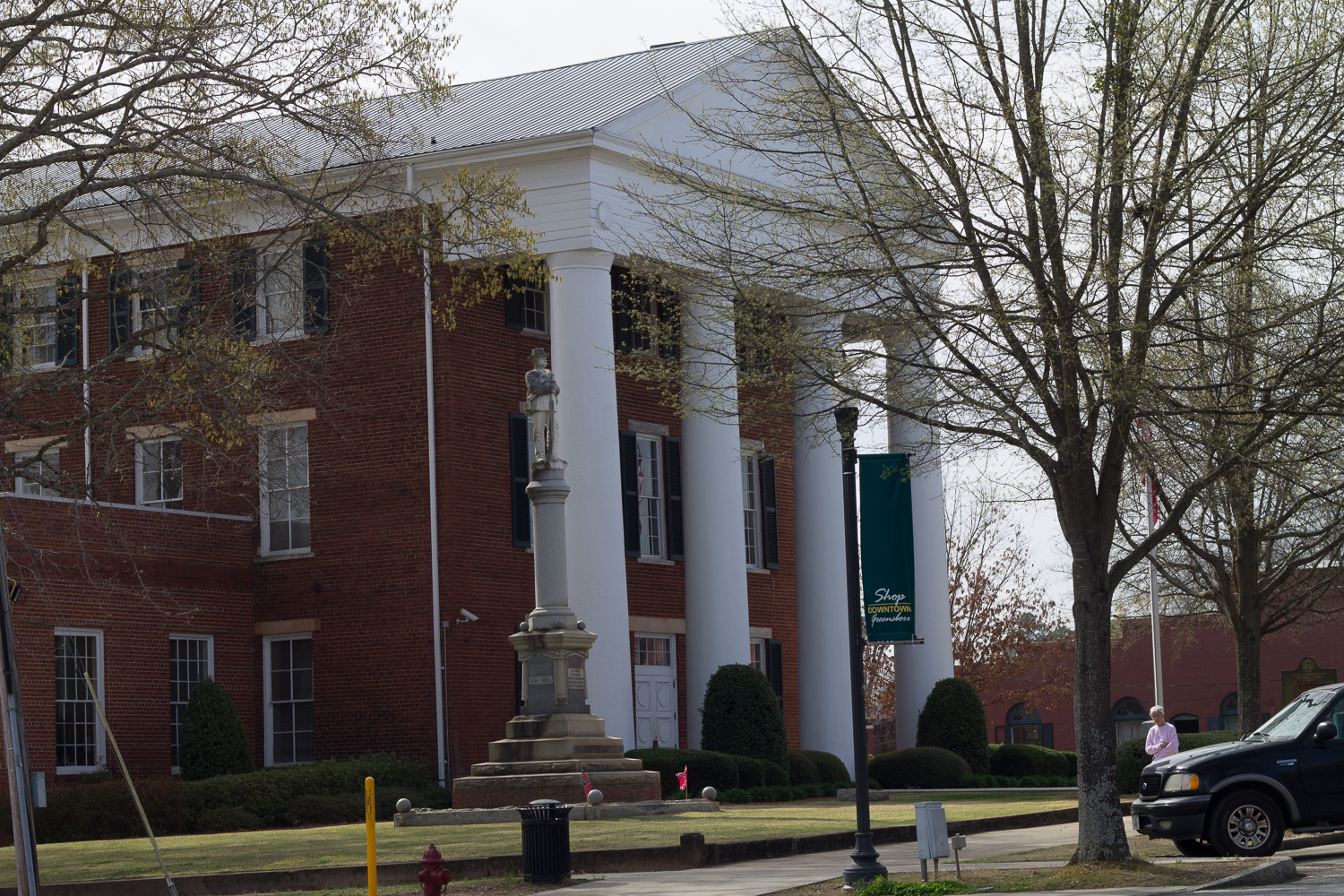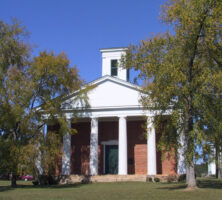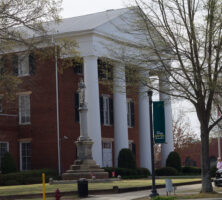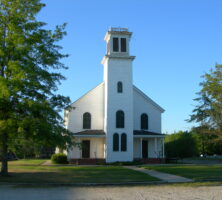Greene County, Georgia’s eleventh county, comprises 388 square miles in northeast Georgia, due south of Athens.
Created from part of Washington County by the state legislature on February 3, 1786, the county comprises land originally controlled by the Creek Indians, and its first years were marked by Indian raids during the Creek War. The legislature named the county after General Nathanael Greene, a hero of the Revolutionary War (1775-83), who died in the year of the county’s formation. According to the 2020 U.S. census, the population of Greene County is 18,915, an increase from the 2010 population of 15,994.
Communities
Greene County’s seat is Greensboro, laid out near the center of the county along Richland Creek and chartered in 1786. It became the seat on December 1, 1802, and was incorporated on December 10, 1803. Originally spelled “Greensborough,” the town also takes its name from General Greene. The current courthouse was built in 1849 and remodeled in 1938; it was listed on the National Register of Historic Places in 1980.
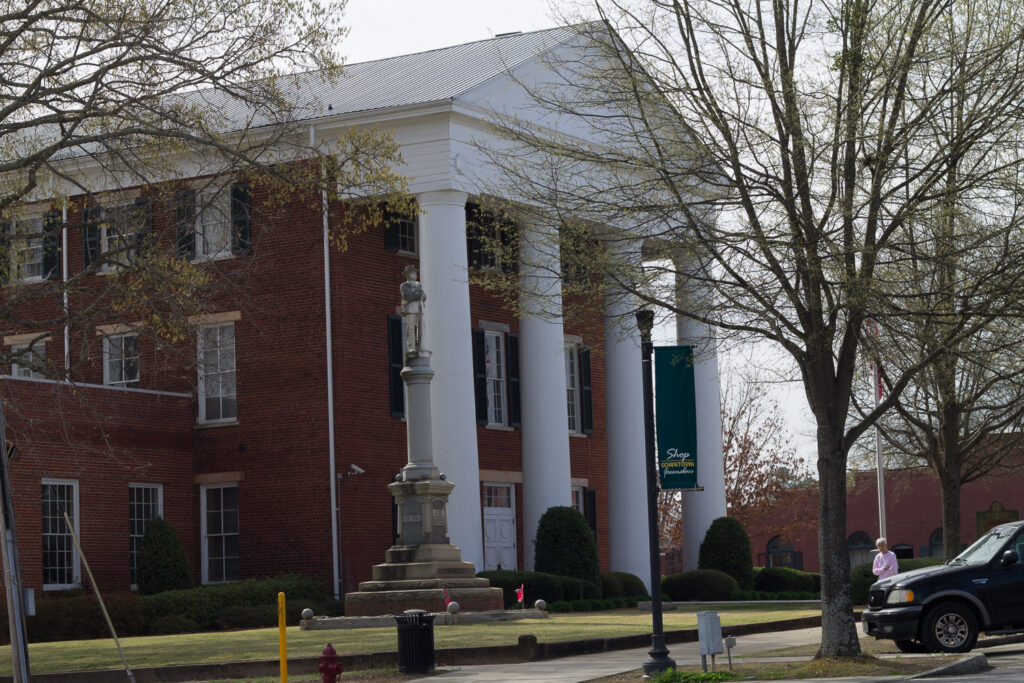
In addition to Greensboro, the county’s largest communities are Siloam, Union Point, White Plains, and Woodville. Another community, no longer independent but still notable, was Penfield. Penfield was named after Josiah Penfield of Savannah, who bequeathed $2,500 to the Georgia Baptist Convention in 1829 to help fund education. Using Penfield’s donation, the church purchased 450 acres of land north of Greensboro and in 1833 founded a literary and theological school, which was named Mercer Institute after a prominent Baptist pastor, Jesse Mercer. In 1837 the school began calling itself Mercer University, and the following year its trustees were granted the authority to govern the village surrounding the school. Penfield became a center of culture in Greene County, vying with Greensboro for social dominance. But when Mercer University moved from Penfield to Macon in 1871, Penfield gradually lost its population, ultimately being subsumed by Union Point. A few of the old university buildings and a residence remain on the town’s original site.
Union Point, first settled in the 1770s as Thornton’s Cross Road and incorporated in 1901, is located at and takes its current name from the site at which the Georgia Railroad runs two dissecting lines. Much of the town (the “historic district”) was added to the National Register of Historic Places in 1991. Union Point has undergone extreme financial exigency, and a large hosiery plant was auctioned in August 2004. The town’s Bethesda Baptist Church was organized in 1785, and the remains of an original gallery for enslaved worshipers can be seen in its sanctuary, which dates back to 1818.
Siloam, settled during the 1840s, was first called Smyrna but, given that there was another Georgia town with that name, took its current name a few years later. Siloam is home to a private college-preparatory school, the Nathanael Greene Academy, which makes use of the town’s original red-brick high school building, which was constructed in 1929 and added to the National Register of Historic Places in 2002. The town’s historic district was listed on the register in 2001.
White Plains, incorporated in 1856, was originally called Fort Nell. Its name refers to the surrounding sandy soil, which is quite light in color. White Plains was the birthplace of noted educator and college president William Heard Kilpatrick.
Woodville, first known as Beeman, was incorporated in 1911. Its name is said to have come from the regular loading of wood onto trains at its site along the rail line, several miles above Union Point.
Economy
Before the Civil War (1861-65), Greene County was largely given over to cotton plantations, with a well-to-do white population and a large enslaved population. Soil exhaustion and the ravages of the Civil War resulted in a shift from agriculture, in which landowners were the power brokers, to a market economy with a large number of small, poor farmers at its bottom and merchants and lawyers at its top.
Notable Places and People
Lake Oconee, among the notable places in Greene County, was built by Georgia Power Company in 1979 and is the second largest lake in Georgia. The Reynolds Plantation (a private residential lake-and-golf community, which hosts some events open to the public) lies along its shores. First settled in 1782, with a fort built to protect it in 1796, Scull Shoals was once one of the largest mill towns in the county. A series of fires and floods, as well as the Civil War, destroyed the town, and today only a few ruins remain within the Oconee National Forest. Nearby one can visit the Scull Shoals Indian Mounds, built between 1250 and 1500.
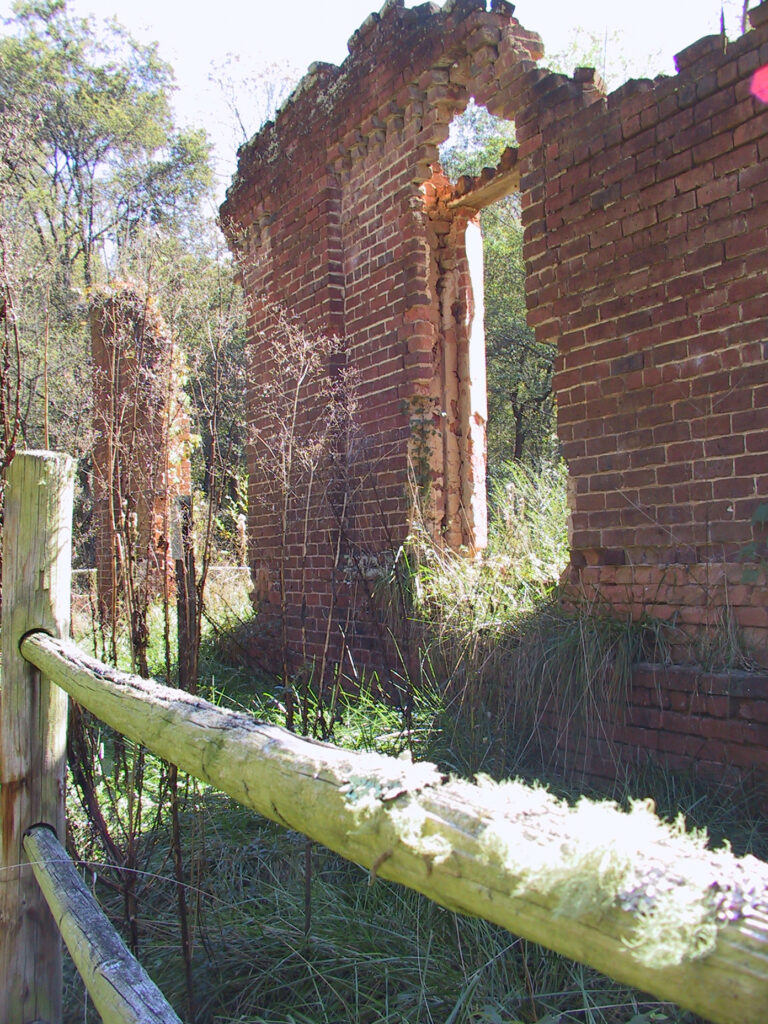
Notable former residents of Greene County include Georgia governor Peter Early; lawyer, statesman, and writer Augustus Baldwin Longstreet, who lived there for several years while serving first as a representative to the state legislature and then as a superior court judge; state legislator and supreme court justice Eugenius A. Nisbet; politician and Men of Mark author William J. Northen; Methodist bishop George Foster Pierce; and A. D. Williams, grandfather of Martin Luther King Jr. and pastor of Ebenezer Baptist Church in Atlanta.






